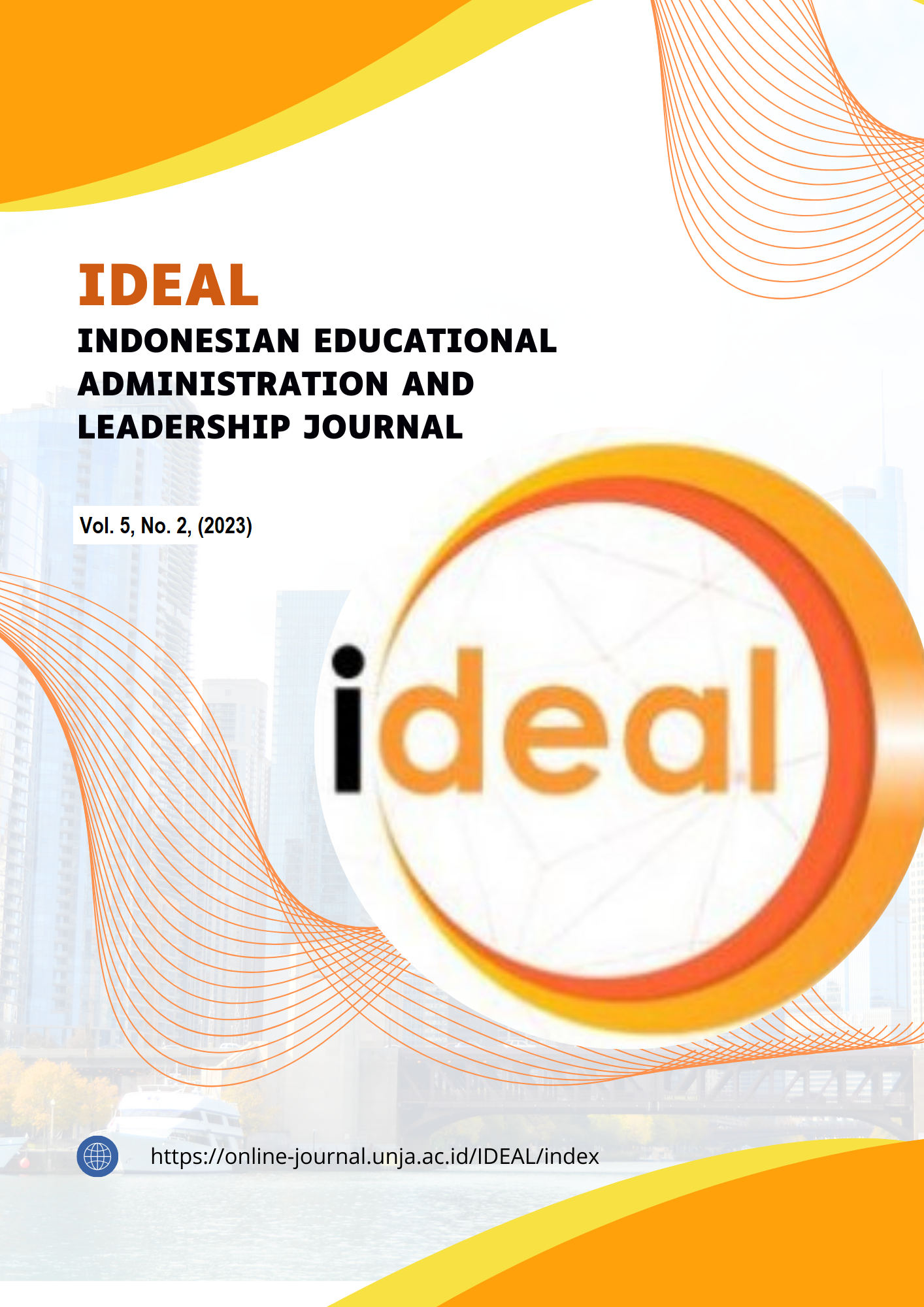Model Pembelajaran Problem Based Learning (PBL) Untuk Meningkatkan Keaktifan dan Hasil Belajar Mahasiwa Pada Mata Kuliah Manajemen Jasa
DOI:
https://doi.org/10.22437/ideal.v5i2.28733Abstract
This research aims to determine the extent to which the Problem Based Learning (PBL) learning model is implemented and to analyze the increase in student activity and learning outcomes in the Services Management course of the Management Study Program, Faculty of Economics, Jambi University using the Problem Based Learning (PBL) learning model. This research was carried out in 2 cycles. Data on student learning outcomes is obtained by giving a test (evaluation) in the form of a description of service management material. This research will use a classroom action research design. To achieve the research objectives in this classroom action research, the researcher adopted a design consisting of planning, acting, observing and reflecting. In this research, the data collection technique used is observation technique. The instruments used were pretest and posttest questions. Data analysis of student learning outcomes in the Service Management course was analyzed using descriptive percentage analysis techniques. Student learning outcomes are known from the tests of each cycle. Data on improving student learning outcomes is obtained by using differences, namely comparing the average scores of cycle 1 tests and cycle II tests. The results of the research concluded that students who took the Services Management course at the FEB Jambi University Management Study Program were very diverse in terms of anticipatory learning, difficulty in expressing opinions and minimal use of media, learning methods and their intellectual abilities. The application of the Problem Based Learning (PBL) model in the learning of Service Management courses in the Jambi University FEB Management Study Program can be a solution in overcoming the lack of student activity in learning and the minimal use of learning methods and media that have been carried out so far. After learning has been carried out using the Problem Based Learning model then There was a significant increase in student enthusiasm when compared to learning without using the Problem Based Learning model.
Downloads
Downloads
Published
How to Cite
Issue
Section
License
Copyright (c) 2023 Idham Khalid, Rista Aldilla Syafri

This work is licensed under a Creative Commons Attribution 4.0 International License.







